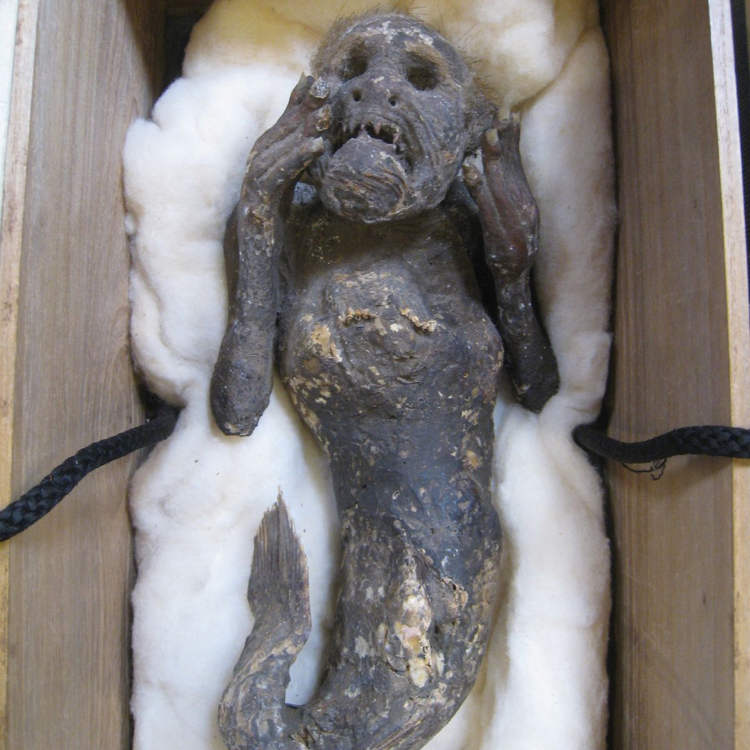For decades, the mummified remains of a creature resembling a small mermaid have been worshipped at a temple in Asakuchi, Japan, but scientists have long suspected that the mermaid mummy was actually man-made.
Allegedly caught in the Pacific Ocean, off the island of Shikoku, between 1736 and 1741, the famous mermaid mummy has been kept on display at the Enjuin temple in Asakuchi for over 40 years, attracting visitors convinced that the remains would bring them good luck. It is said that these tiny supernatural creatures were immortal and that whoever consumed their flesh would also enjoy eternal life. Somehow, no one actually tried, but a team of scientists did request a more thorough examination in order to confirm the many legends around the artifact.

Last year, researchers from the Kurashiki University of Science and the Arts managed to obtain the mysterious mummified mermaid from the Enjuin temple and began analyzing it using a variety of modern techniques, including X-ray and CT (computerized tomography) scans, radiocarbon dating, electron microscopy and DNA analysis.
The first thing noticed about the unique 12-inch specimen, which appeared to have the head and torso of a small primate and the bottom half of a fish, was the fact that it lacked a skeleton. The only skeletal remains were in the lower body of the mummy and appeared to belong to a fish. The rest of it seemed to be a strange combination of various animal remains, cloth, paper, and cotton.
Some scientists had previously hypothesized that these worshipped mermaid mummies had been created by sewing the head and torso of a small monkey onto the lower body of a caught risk. Last year’s tests proved that the worshiped remains had been put together by man, although the exact ‘recipe’ was a little hard to guess.
After filling the torso of the ‘mermaid’ with cloth and paper, whoever created this mummy also painted it with a paste made from a mix of sand and charcoal. Its jaw and teeth were also most likely taken from a kind of predator fish, and its nails were made from keratin. Radiocarbon dating suggests that the specimen dates back to the early 1800s.
Although the true purpose of the mummified remains a mystery, scientists believe it was meant to trick people into believing that Ningyos – Japanese mythological creatures – and their immortality were real.
The team of Japanese scientists published its findings earlier this year. Researchers now hope to get their hands on a few of the other 14 ‘mummified mermaids’ found across Japan, for comparison purposes.






